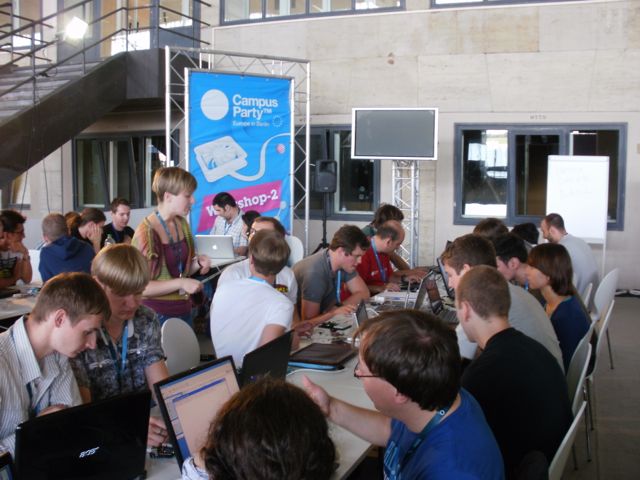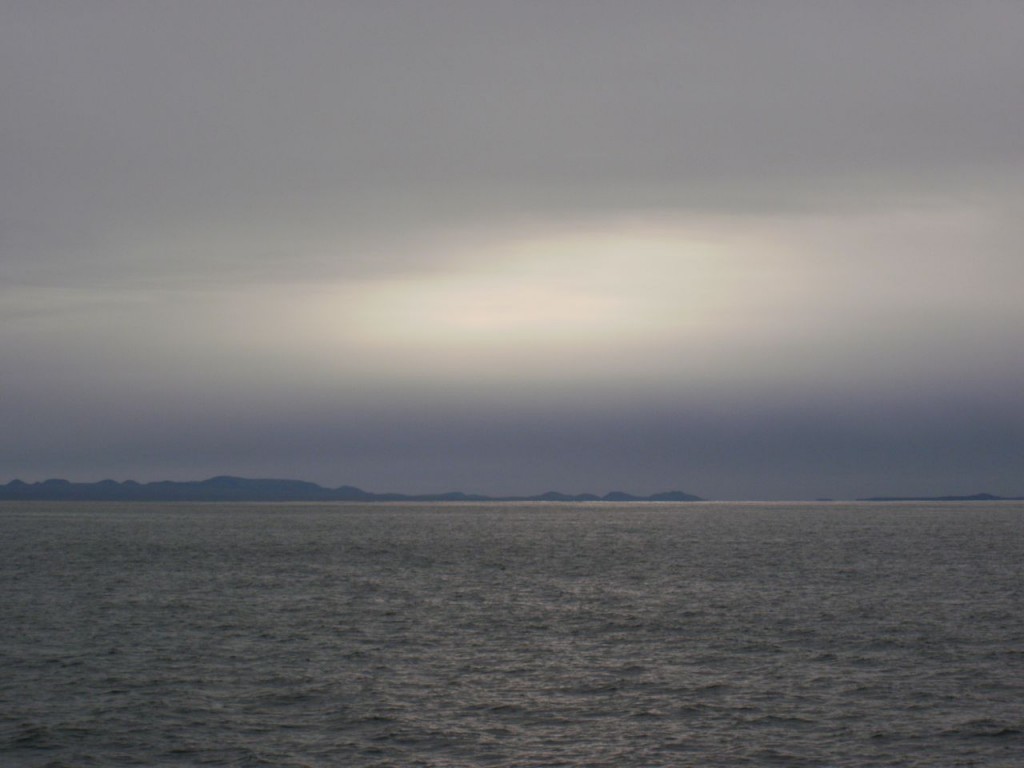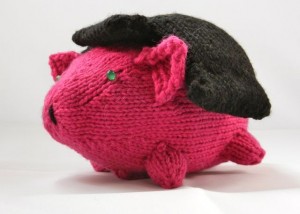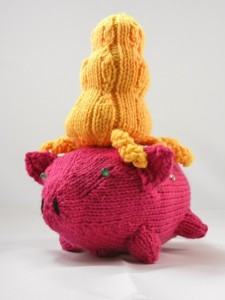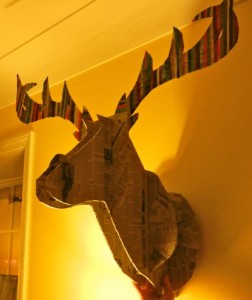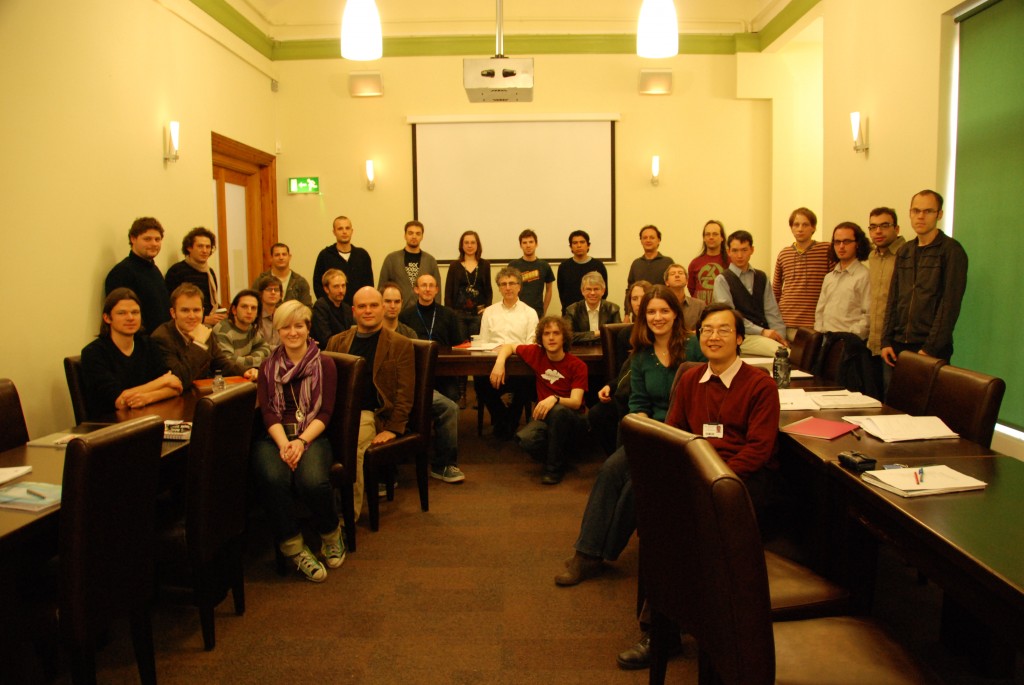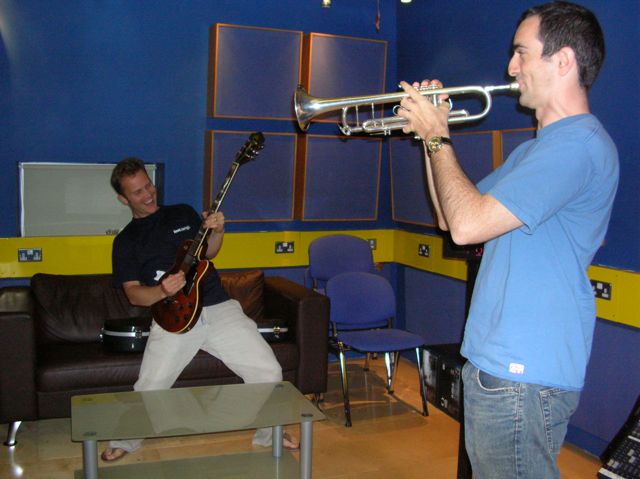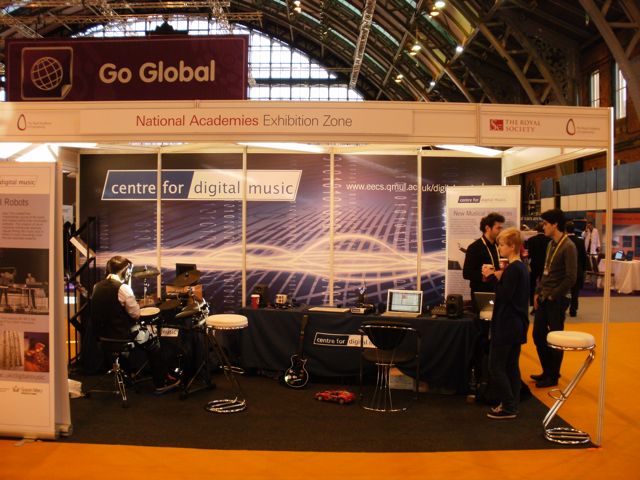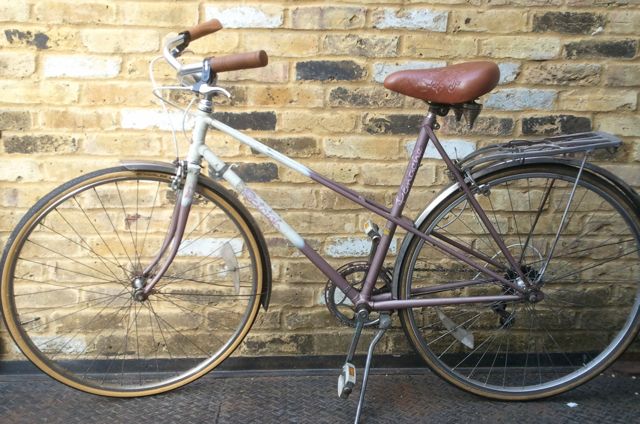
I’m selling the first bike that introduced me to the best way to get around London.
In brief
- £180 o.n.o. for the bike including lights and locks
- Raleigh Panache (1980s mixte frame with dual down tube)
- Frame (seat tube) is 21″ (53 cm), but as it’s a mixte frame, you don’t really need to worry about the standover height. I’m 5’4″ (162cm) and this bike is a little bit too big for me. But certainly test ride it first.
- Recently fully serviced at London Bike Kitchen by me
- For collection from Hackney
- Contact me at becky@theleadingzero.com with any questions, viewing requests, or offers
- New/replaced items in the two years I’ve owned it
- Rear wheel
- Front and rear tyres
- Chain
- Headset
- Handlebars and grips
- Brake levers
- Brake cabling and housing
- Gear cabling and housing
- Saddle
Bike’s Known History
[gallery_bank album_id=1]
I bought this bike (then named The Pink Lady) from Re-cycling in Elephant & Castle in the summer of 2011.  I strongly discourage you from ever going to that shop.  I certainly paid too much for the bike which they claim they fix up before selling on.  They definitely didn’t do that with this bike and their customer service was just abhorrent.  At that point I knew nothing about bike maintenance and didn’t know that it was in pretty poor shape.  I ended up taking it to Bike Works for servicing about 6 weeks after I bought it.  I got a puncture about 8 months after that and had the rear wheel replaced at Cycle Surgery when they fixed the puncture (I couldn’t even change a tyre at that point in my cycling maintenance knowledge…).
[gallery_bank album_id=2]
The following summer I bought another bike that was a bit zippier (Phil) and The Pink Lady went into storage at my flat. Â I’ve since learned a ton about bicycle maintenance, thanks to the London Bike Kitchen. Â I’m working on building a new bike (just got a Surly Cross Check frameset for a steal!) and can’t justify keeping The Pink Lady. I took the BYOB (Build Your Own Bike) course at the Bike Kitchen this past June. Â I dismantled the bike, cleaned and replaced components as necessary, and then put her back together. Â I swapped out the drop bars with their horrible brake levers for sit up and beg bars. Â The new saddle was sitting around the Bike Kitchen forever and looks like it belongs on a cruiser, which inspired the new look for the bike. Â I think it’s now the lovechild of a 1980s Raleigh bike and a coastal cruiser, so The Pink Lady has been rechristened The Nottingham Cruiser. (Raleigh was founded in Nottingham.)
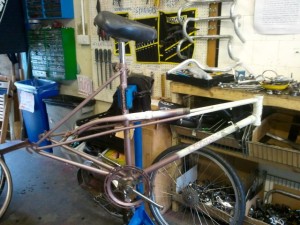
The bike during the BYOB course at the London Bike Kitchen.
It comes with front and rear fenders and a rear rack.  I think this bike would work well for commuting and general errands around London.  That’s what I originally bought her for and she did me proud.  I think she’s now in the best condition she’s been in for a decade.  I’m selling her for £180 o.n.o. and including the lights and locks I originally bought for her.

Locks and lights included with the bike.

